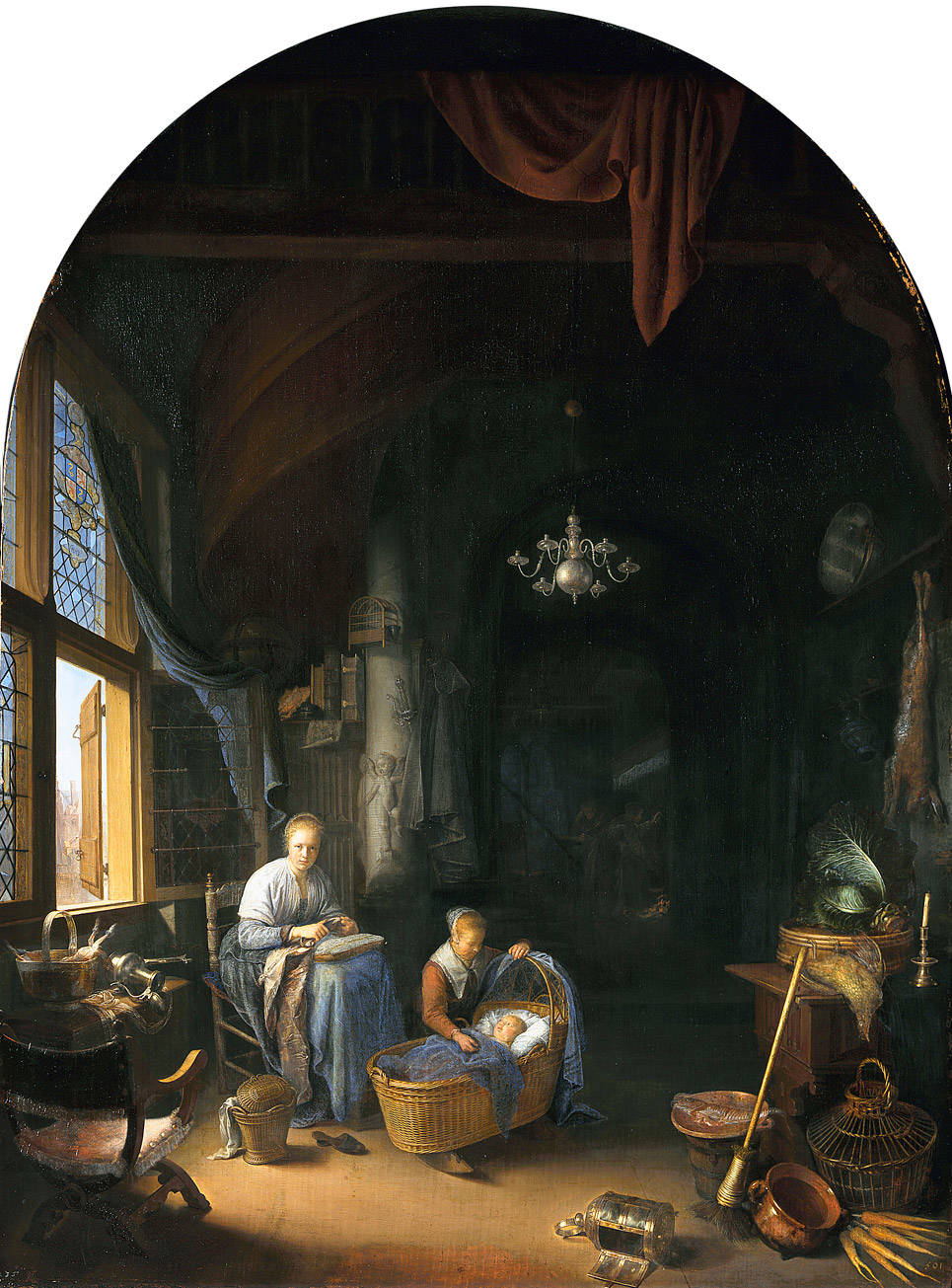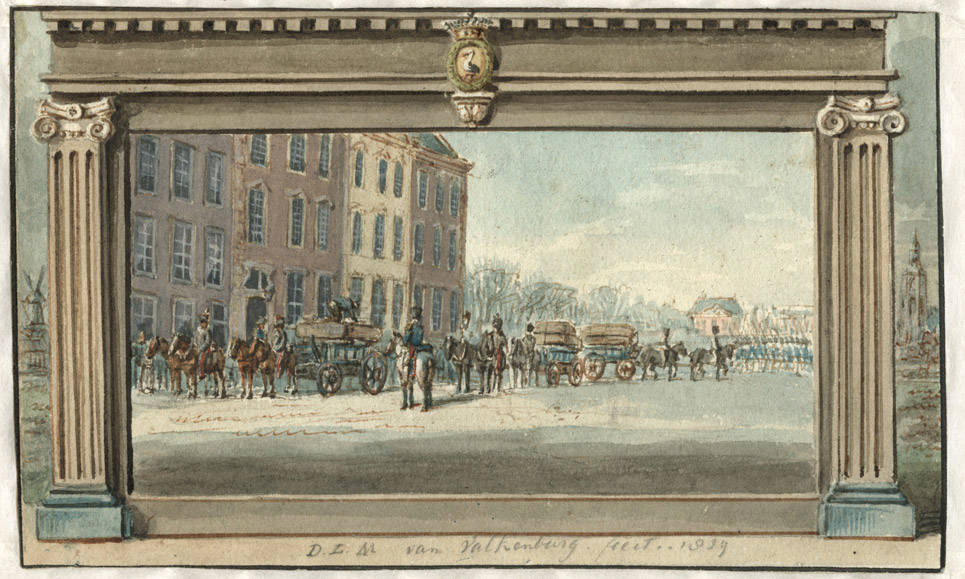History of the collection

The Mauritshuis is known worldwide for its unique collection of paintings by Dutch and Flemish masters from the time of Rembrandt and Vermeer. The basis of the collection was established in the eighteenth century by stadtholder Prince William V.

History collection
Since 1816, the collection has officially become the property of the Dutch state and is known as the Royal Picture Gallery. Throughout the centuries, the collection has kept on growing thanks to acquisitions by the state and private donations. But even today, new works are added to the collection on a regular basis.
Prince William V's gallery
The oldest part of the collection consists of paintings that used to be owned by stadtholder Willem V, prince of Orange-Nassau (1748-1806). Willem started collecting art at a young age. In 1774, he created a gallery for his collection of paintings at the Buitenhof in The Hague. He opened the gallery a few times a week to visitors who would have to purchase a ticket for it. This makes Prince William V Gallery the first public art collection in the Netherlands.
The 18th century collection of William V included The Bull by Potter, The Young Mother by Dou and The Garden of Eden by Rubens and Brueghel.
In 1795, the collection was taken to Paris as spoils of war by Napoleon's troops, and exhibited at the Louvre. It was only 20 years later, in 1815, that the collection largely returned to the Netherlands.


To the Mauritshuis
In 1816, king William I (1772-1843), the son of stadtholder William V, donated the collections of his father to the Dutch state. This formed the basis for several museums in the country, such as the Rijksmuseum in Amsterdam and the Royal Picture Gallery in The Hague. In 1822, that Royal Gallery moved from the Gallery to the Mauritshuis, on the opposite side of the Hofvijver. The Mauritshuis became a museum.

To the Mauritshuis 2
During the first 10 years after the opening of the Mauritshuis, king William I remained closely involved with the collection. He personally ensured that masterpieces such as Vermeer's View of Delft, Rembrandt's The anatomy lesson by Dr Nicolaes Tulp and Jacob van Ruisdael's View of Haarlem with Bleaching Grounds were purchased for the collection.
Expansion with cautiousness
From 1875, the Mauritshuis began expanding the collection with cautiousness. Acquisitions were made by the state at the initiative of the directors of the Mauritshuis. The goal was not to piece together an art history record, but to enhance the existing collection with beautiful and important works by leading painters. Thus, The Goldfinch by Carel Fabritius was purchased in 1896, Jan Steen's As the Old Sing, So Pipe the Young in 1913, and Rembrandt's Portrait of and Old Man in 1999.
Generous donators
Besides purchases, private donations have been of incalculable value for the creation of the collection.
The Hague collector A.A. des Tombe (1818-1902) left twelve important paintings to the Mauritshuis. One of them is the now world-famous and favourite Girl with a Pearl Earring by Vermeer.
The Mauritshuis also owes much to Abraham Bredius (1855-1946). As a museum director, he acquired many paintings for the collection, but he also donated 25 paintings upon his death. These included no less than three works by Rembrandt: Andromeda, Homer and Saul and David.
In 1936, Sir Henri Deterding (1866-1939) donated five important paintings to the museum, including Girl Eating Oysters by Jan Steen and Gerard ter Borch's Woman writing a letter.
Louise Thurkow-van Huffel (1900-1987) bequeathed three paintings, including a Sea View by Salomon van Ruysdael.
In 2002, Willem baron van Dedem (1929-2015) donated five paintings to the Foundation Friends of the Mauritshuis. These included a Still Life by Willem Kalf, a Brazilian Landscape by Pieter Post and Peasants Dancing outside a Bohemian Inn by Roelant Savery.

The collection today: in constant motion
The current collection of the Mauritshuis consists of over 800 pieces, including about 200 masterpieces which are part of the permanent collection. An additional 150 or so pieces are visible at the Prince William V Gallery. The rest of the paintings have been lent out to other museums in the Netherlands or are kept in storage.
The collection of the Mauritshuis keeps on developing. In the last twenty years, several purchases have been made with financial support from parties such as the Foundation Friends of the Mauritshuis, the BankGiro Lottery, and the Rembrandt Association. This allowed a rare sixteenth-century bloom still life by Ludger tom Ring to be added to the collection in 2014, and a masterpiece: Vase of Flowers in a Stone Niche by Roelant Savery in 2016.

